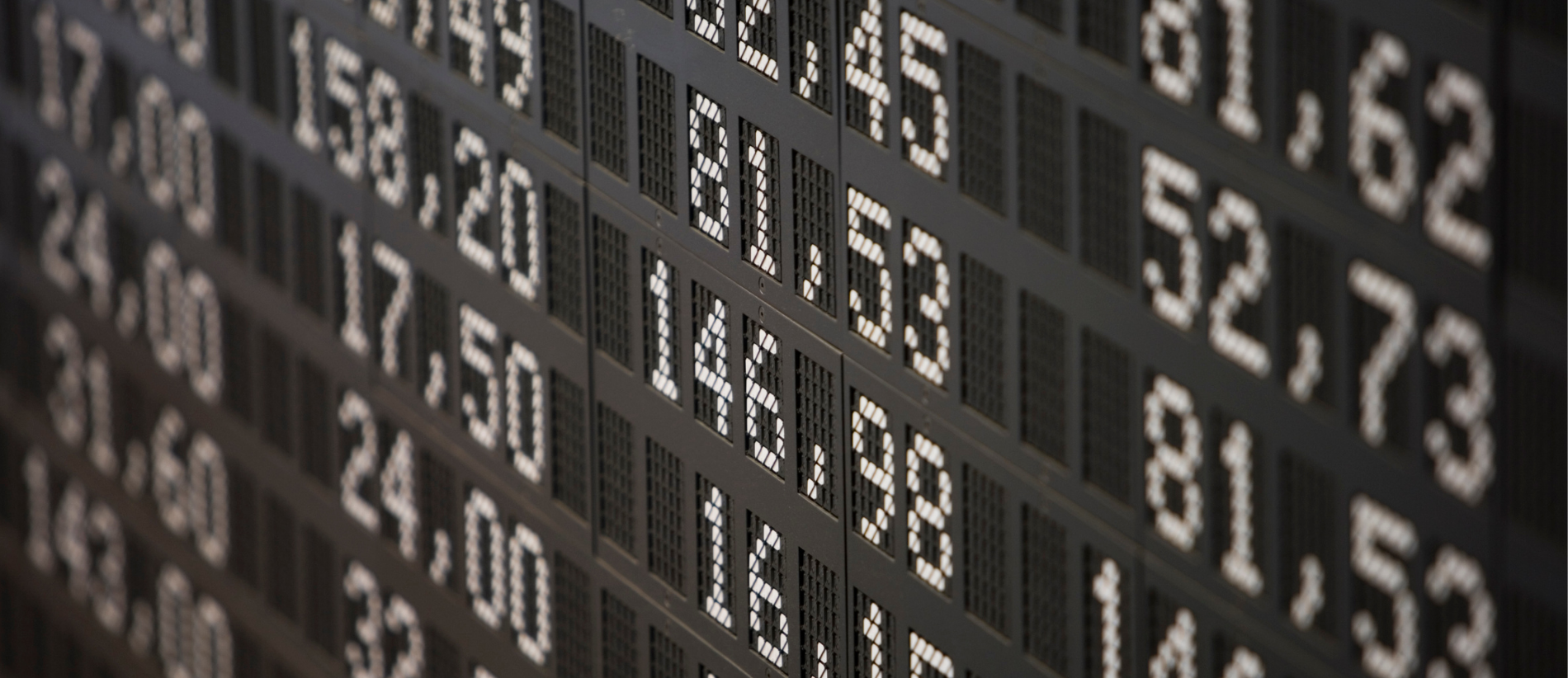The S&P 500 finished August at 3500. The month’s 7% return marked an all-time high and entered the U.S. into a new bull market. While it will likely be quite some time before the National Bureau of Economic Research (NBER) declares the recession over, the world and stock market adjusted remarkably quickly to the pandemic. Most economic signs suggest that April marked the low point before the market began its significant recovery over the course of the summer.
This year has witnessed one of the most volatile and fastest moving markets in history. Consider these major milestones:
February 19, 2020: The post-Global Financial Crisis bull market ends after 11 years, having provided a cumulative return greater than 450%.
March 23, 2020: COVID-19 triggers the fastest bear market ever with the stock market losing 34% in just 33 days.
March 24, 2020: A new bull market is born as stock prices begin to rise from where they’d plateaued.
August 18, 2020: In just five months, the market gains 51% from the March’s lows, triggering a new record high.
This bear-to-bull market cycle is the fastest in modern history—it usually takes years to go through this process. A combination of vaccine optimism, central bank support, and a lack of investment alternatives due to low interest rates drove the hasty turnaround. As we acknowledged during the economic downturn, sell-offs often create ample opportunities for investors and businesses.
The economic and market recovery occurred despite a second wave of COVID cases. This wave appeared to peak in mid-July, and we’ve seen a steady reduction since. Weekly unemployment claims fell to one million from a high of almost seven million. Continued claims fell to 14.5 million from a peak of 25 million as people returned to work. The July unemployment rate was 10.2% and will likely move below 10% when August numbers are released later this week. Students’ return to school does create a risk that COVID cases could spike again, however, and analysts will continue to observe the economic impact.
Looking more deeply into market performance, the Technology sector continued to dominate in August followed by the recovering consumer discretionary sector. Energy and Utilities were the only declining sectors for the month. Volatility continued to subside in August which only had five negative days, none with a loss greater than 1%. Interest rates remained reasonably stable, though slight increases in long duration treasuries caused losses in that portion of the market. Credit spreads continued to narrow which drove corporate and high yield bond outperformance. Portfolios with a heavy reliance on corporate bonds likely saw a continued recovery in their performance throughout the month.
FOR INSTITUTIONAL USE ONLY.
Investment advisory services offered through Lockton Investment Advisors, LLC, a SEC registered investment advisor.
For educational purposes only. Nothing in this alert should be construed as legal or financial advice. Nothing in this message should be construed as legal or financial advice. Lockton may not be considered your legal counsel and communications with Lockton's compliance services group are not privileged under the attorney-client privilege.
Circular 230 Disclosure: To comply with regulations issued by the IRS concerning the provision of written advice regarding issues concerning or related to federal tax liability, we are required to provide to you the following disclosure: Unless otherwise expressly reflected herein, any advice contained in this document (or any attachment to this document) that concerns federal tax issues is not written, offered or intended to be used, and cannot be used, by anyone for the purpose of avoiding federal tax penalties that may be imposed by the IRS or promoting, marketing or recommending to another party any matters addressed in this document or any attachment.
 Download alert (opens a new window)
Download alert (opens a new window)
